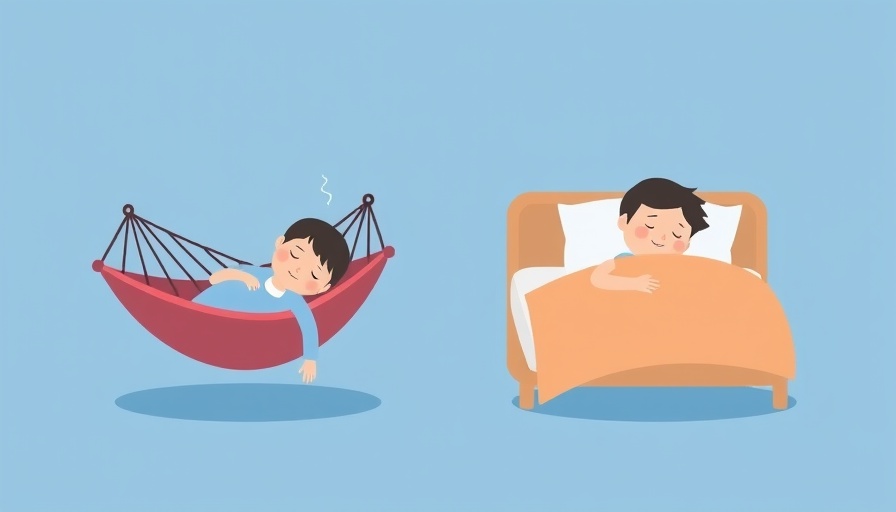
Sleep by Swinging: A Dangerous Trend to Avoid
In a world where social media reigns supreme, many parents are turning to viral trends in search of quick solutions to everyday problems, including sleepless nights. One such trend gaining popularity is the controversial practice of "neck swinging," where individuals hang themselves from their necks in the hope of relieving insomnia and neck pain. Recent footage from Shenyang, China, featuring people gently swaying while suspended from padded belts around their necks, has amassed over 6 million views and fueled curiosity among the public desperate for effective sleep cures.
Why Neck Swinging is a Health Risk
While neck swinging may appear harmless at first glance, medical experts caution that this practice can lead to serious injuries. Hanging any significant weight from the neck creates immense pressure on delicate neck structures and blood vessels crucial for brain function. This can result in nerve damage, spinal injuries, or even fatal outcomes, such as strokes caused by restricted blood flow. Experts emphasize that the cervical spine is not structurally designed to bear the entire weight of the body in such a manner, making this trend both ill-advised and dangerous.
Alternative Solutions for Better Sleep
Instead of resorting to risky practices, families should explore safer, scientifically-backed methods for improving sleep quality. Parent-friendly strategies include:
- Establishing a Consistent Bedtime Routine: Creating a calming bedtime routine can signal to the body that it’s time to wind down and prepare for sleep.
- Practicing Sleep Hygiene: Keeping a clean sleeping environment, maintaining comfortable room temperatures, and reducing exposure to screens at least an hour before bed can enhance sleep duration and quality.
- Gentle Physical Activity: Engaging in light stretching or relaxation exercises can help alleviate neck and back pain, promoting a better sleep experience without the risks associated with neck swinging.
The Impact of Viral Health Trends
Viral trends often spread like wildfire, driven by social media platforms that favor visually appealing content over medically sound advice. This can lead individuals to experiment with dangerous practices out of desperation, especially when conventional treatments seem inadequate. As parents, it's essential to emphasize the importance of verifying health information from qualified professionals instead of relying solely on testimonials or viral content.
Understanding Sleep Disorders
Parents should also be aware that sleep disorders such as insomnia, sleep apnea, and restless leg syndrome are common and often require deeper investigation. Educational resources can help identify symptoms early, allowing families to seek appropriate care. Understanding these disorders can foster better sleep habits for you and your children, ultimately improving overall well-being.
Insights on Cultural Perspectives towards Sleep
Sleep practices vary significantly across cultures, and understanding these differences can create a more holistic view of sleep health. For instance, many African sleep patterns emphasize community and relationship-building during nighttime routines, underscoring the importance of social connections in promoting rest. These cultural practices could enrich contemporary approaches to sleep health, challenging myths about solitary sleep environments.
Conclusion: Prioritize Safe Sleep Solutions
As parents navigate the complexities of improving sleep health, it’s vital to focus on safe, proven methods instead of trending dreams that can lead to significant danger. Communities and families should prioritize awareness of sleep disorders and seek professional guidance to ensure their health and safety. Together, let’s champion better sleep practices informed by science rather than trending content. For more resources on sleep health, consider connecting with sleep specialists who can provide personalized guidance on overcoming sleep challenges.
 Add Row
Add Row  Add
Add 




 Add Row
Add Row  Add
Add
Write A Comment